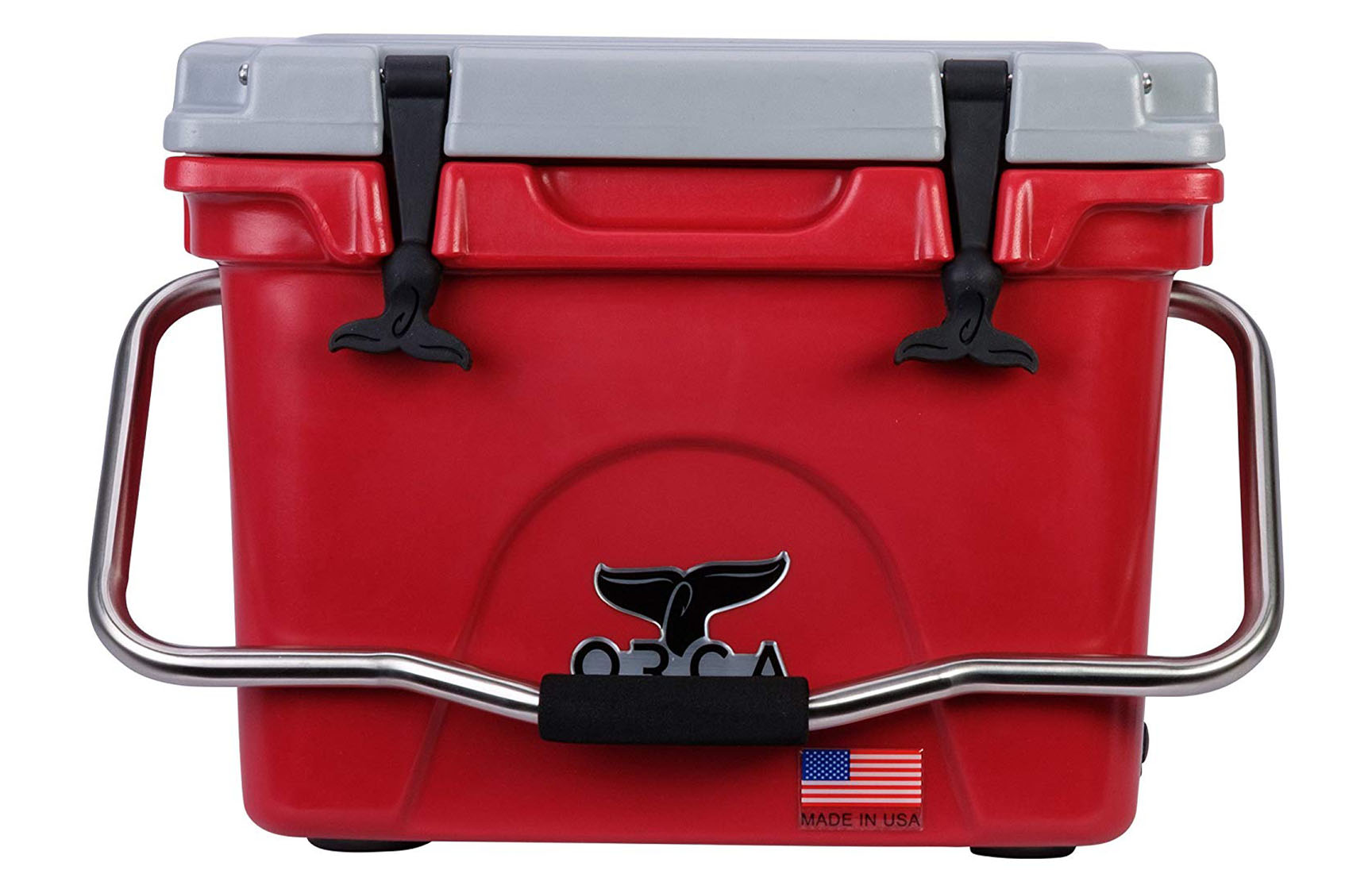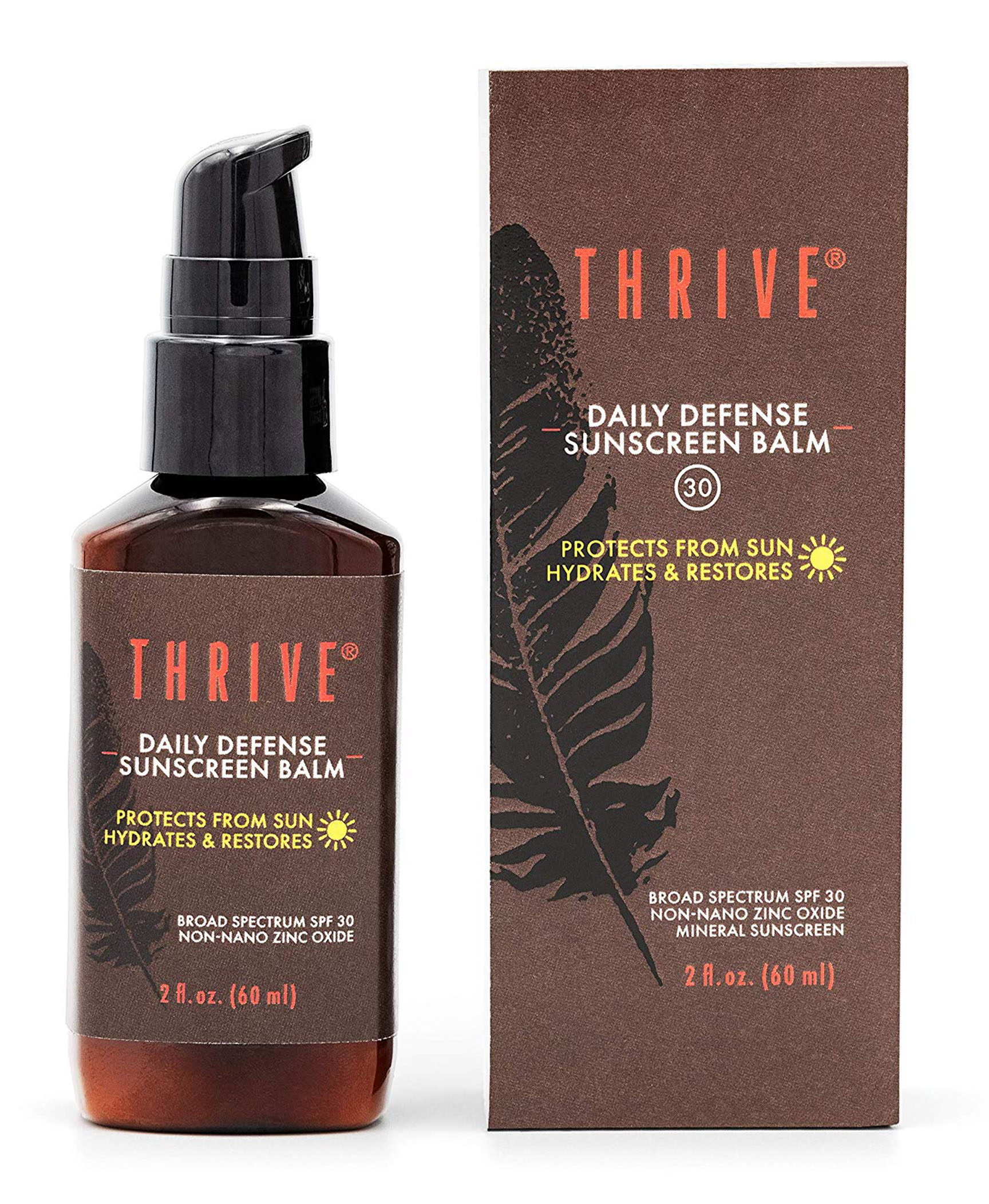No one wants to imagine being sick or injured on vacation; but if the worst happens, it pays (literally) to be prepared. Medical travel insurance can save you considerable hassle, time and money, and offer you peace of mind if you encounter health problems while traveling. But it’s also somewhat separate from most standard forms of travel insurance. While most common—and commonly needed—travel insurance is trip-cancellation (TCI) protection, you should certainly consider medical risks when you’re looking at your travel insurance options, up to and including emergency medical evacuation (also called “medevac”) assistance.
Who Needs Travel Medical Insurance?
The quick answer to that question is: Anyone who isn’t covered by their regular medical insurance when they’re traveling. More specifically, that means:
- Anyone whose regular health insurance/HMO doesn’t pay for services outside the U.S. There was a time when most private health insurance—and most HMOs—covered you (and emergency medevac assistance) wherever you went, but that’s no longer the case. With relentless cutbacks in benefits in recent years, many standard health insurance programs will no longer cover medical bills in foreign countries. And most do not cover medevac.
- Any senior dependent on Medicare. Medicare will not pay for anything outside the U.S. Even if you have a Medicare supplement that nominally covers foreign travel, benefits are so meager that you might need additional insurance.
Everyone should check their health insurance and travel insurance’s overseas medical benefits before leaving the country for a trip. If coverage is either slim or nonexistent, you likely need travel medical insurance.
It’s also worth noting that the medical benefits in many travel insurance policies are secondary, which means the insurance pays only for what you can’t claim from your regular health insurer/HMO. On the off chance that you already have good foreign-country coverage, additional travel insurance is probably a waste of money.
Bundled Medical Coverage
Almost all travel insurance bundles include a combination of TCI and medical benefits. For example, for a two-week trip to Europe the least expensive bundled policy might be a few hundred dollars (total) for two people. This usually covers a few thousand dollars in TCI plus somewhere around $50,000 in medical/dental emergency costs per person, and $50,000 in medical evacuation expenses per person. That’s about the minimum coverage: If you think you need more, you could buy a policy providing TCI plus $100,000 in medical emergency and $500,000 medevac per person for slightly more money.
But if you don’t want the TCI, you can buy just the medical coverage, and adjust according to your needs. On a sample trip I tested, I could buy greatly reduced coverage ($5,000 medical, $25,000 medevac) for about $100 total. Or, conversely, I could pay $195 for $100,000 in medical coverage, per person, plus unlimited medevac costs.
For travel to developed countries, my opinion is that $50,000 in medical and $50,000 medevac would more than cover any foreseeable risks. Travel to less developed areas, however, might call for slightly higher limits. It’s ultimately your call.
Yearly Medical and Medevac Coverage
If you travel a lot, you might consider buying medical/medevac insurance by the year (or per six months) rather than per trip. A low-benefit policy for frequent travelers offering about $10,000 in medical and $25,000 in medevac on each trip can cost about $100 per year (for one person). A more generous travel medical insurance policy covering $100,000 medical and unlimited medevac per trip costs about double that for one year (for one person). These policies are designed for travelers who make several short trips each year; policies for long-term overseas trips or extended business assignments might be priced differently.
Medevac: The Fine Print
Most medevac policies I’ve seen call for transport to either the nearest appropriate medical facility or back to the U.S., depending on the circumstances. Typically, that means you start at a local or regional hospital. The insurance pays for transport back to the U.S. only when, in the opinion of the attending physician, local/regional facilities are inadequate.
When you need medevac, the insurance company calls all the shots. That means you must, from the beginning, make all arrangements through the insurance company or its local agents. If you jump the gun and make your own arrangements, chances are the insurance company won’t cover them.
Can Your Credit Card Help?
Several premium credit cards provide lesser travel medical insurance in an emergency in a foreign country. Although the language in the card literature might seem to promise a lot, what you typically get is a referral to file claims, and not any genuine assistance.
The fine print for the AmEx Platinum card, for example, says, “Whenever you travel, have peace of mind knowing that you have 24/7 medical, legal, financial, and other emergency assistance while traveling more than 100 miles from home. We can direct you to English-speaking medical and legal professionals and arrange for a transfer to a more appropriate medical facility, even if an air ambulance is required.” Note that it says “arrange for,” not “pay for.” What you get is help in making arrangements; the cost of those arrangements goes right on your credit card bill, unless moving you is deemed “medically necessary.” As far as I know, most other cards operate the same way.
How to Choose Travel Medical Insurance
The medical risks you face when traveling outside the U.S. are hard to quantify. Basically, the chances of facing a major medical problem are small—very small, for medevac—but the financial consequences of a serious event are potentially quite large.
Fortunately, travel health insurance prices are not bad. As with all travel insurance, my suggestion is that you check with one or two of the online travel insurance agencies, enter your personal details, trip details, and the coverages you want, and select the least expensive policy that meets your needs. Some of the major agencies include InsureMyTrip.com, Squaremouth, and QuoteWright.
What to Wear on Your Next Trip
More from SmarterTravel:
- 17 Things Your Travel Insurance Policy Won’t Cover
- 8 Vital Things to Know About Travel Insurance
- 5 Common Travel Insurance Questions, Answered
Consumer advocate Ed Perkins has been writing about travel for more than three decades. The founding editor of the Consumer Reports Travel Letter, he continues to inform travelers and fight consumer abuse every day at SmarterTravel.
Editor’s note: This story was originally published in 2008. It has been updated to reflect the most current information.
We hand-pick everything we recommend and select items through testing and reviews. Some products are sent to us free of charge with no incentive to offer a favorable review. We offer our unbiased opinions and do not accept compensation to review products. All items are in stock and prices are accurate at the time of publication. If you buy something through our links, we may earn a commission.
Related
Top Fares From
Today's Top Travel Deals
Brought to you by ShermansTravel
Shop and Save with Country Inns...
Patricia Magaña
 Hotel & Lodging Deals
Hotel & Lodging Deals
$229 -- Chicago: Discounted Rates and...
Francesca Miele
 Hotel & Lodging Deals
$229+
Hotel & Lodging Deals
$229+
$188 -- Honolulu: Save on Oceanview...
Abigail Lamay
 Hotel & Lodging Deals
$188+
Hotel & Lodging Deals
$188+






















































